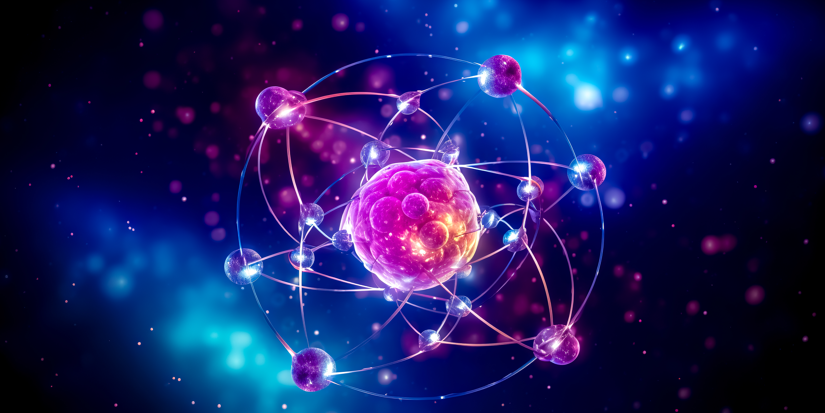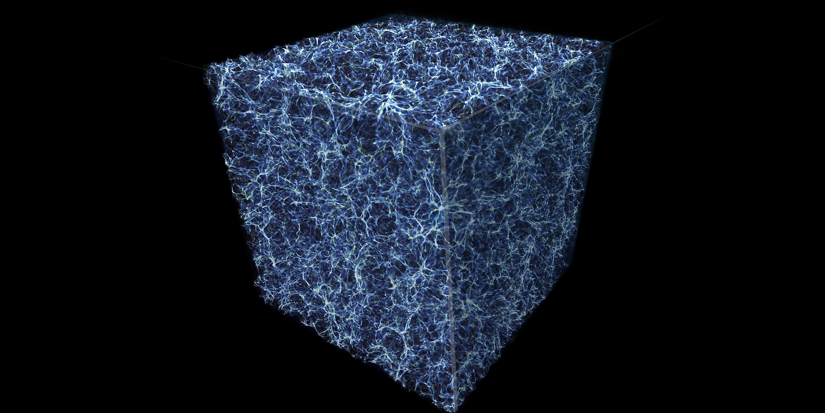
Astronomers have found a new contender for the largest structure in the universe. Previously held by the Hercules–Corona Borealis Great Wall, look it up its amazing. BUT an even larger sturcture has been observed.
Quipu, named after the ancient Incan method of record-keeping, is an interconnected network of galaxies and galaxy clusters spanning 1.3 billion light years across. That’s 13,000 times the length of our own Milky Way galaxy!
Quipu is the largest structure, in terms of length, ever found in the universe. This, along with four other superstructures discovered by the researchers, contains 45% of galaxy clusters, 30% of galaxies, and 25% of matter, occupying 13% of the universe’s volume.
How Was Quipu Discovered?
Even though Quipu contains 200 quadrillion solar masses you can’t just stumble upon such a monster galaxy net. Astronomers made the discovery by analyzing sky maps of galaxy clusters and observing the distribution of matter accross different light wavelengths. The team was studying a small redshift zone when they made the discovery.
Read more about this amazing discovery at Smithsonian.
Never Miss A Story
What’s New?
- First Images From The Vera C. Rubin Observatory
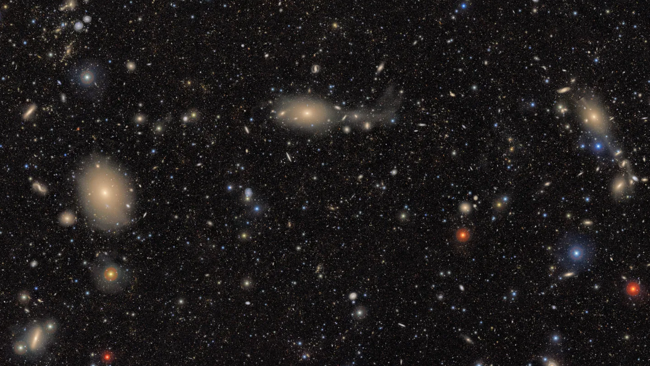
- What Effects Do Solar Flares Have On Our Power Grids?
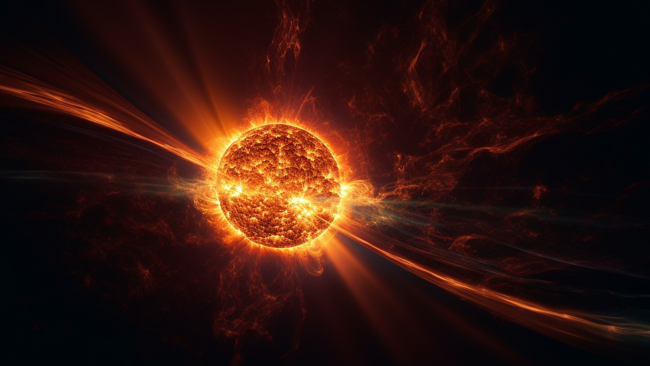
- What’s the Difference Between a Galaxy and a Globular Cluster?
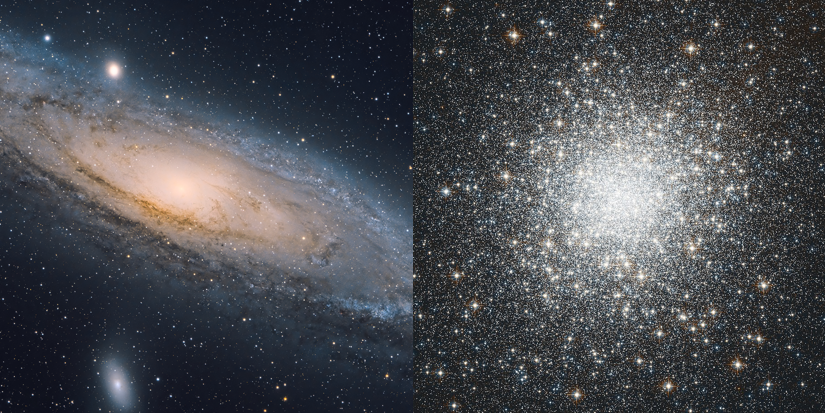
- Are Black Holes Eternal? The Strange Fate of the Universe’s Darkest Objects

- Cannibal stars at the heart of the Milky Way stay young in a gruesome way

- Multi-Particle Entanglement Is A Complex World
